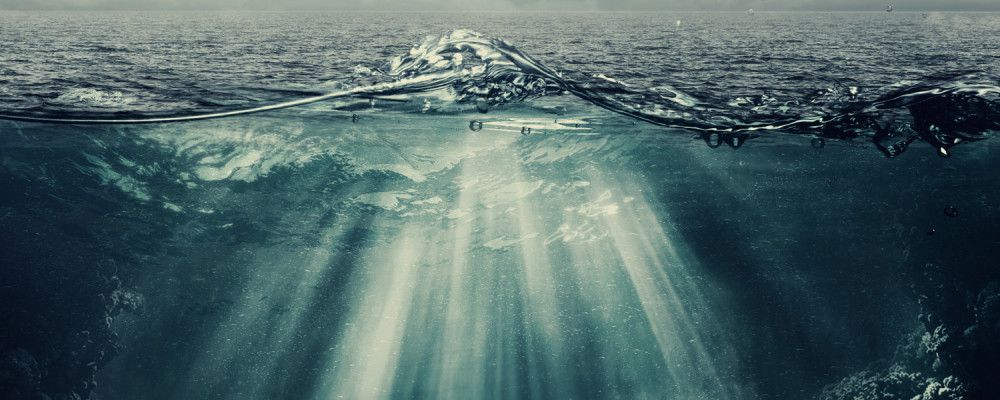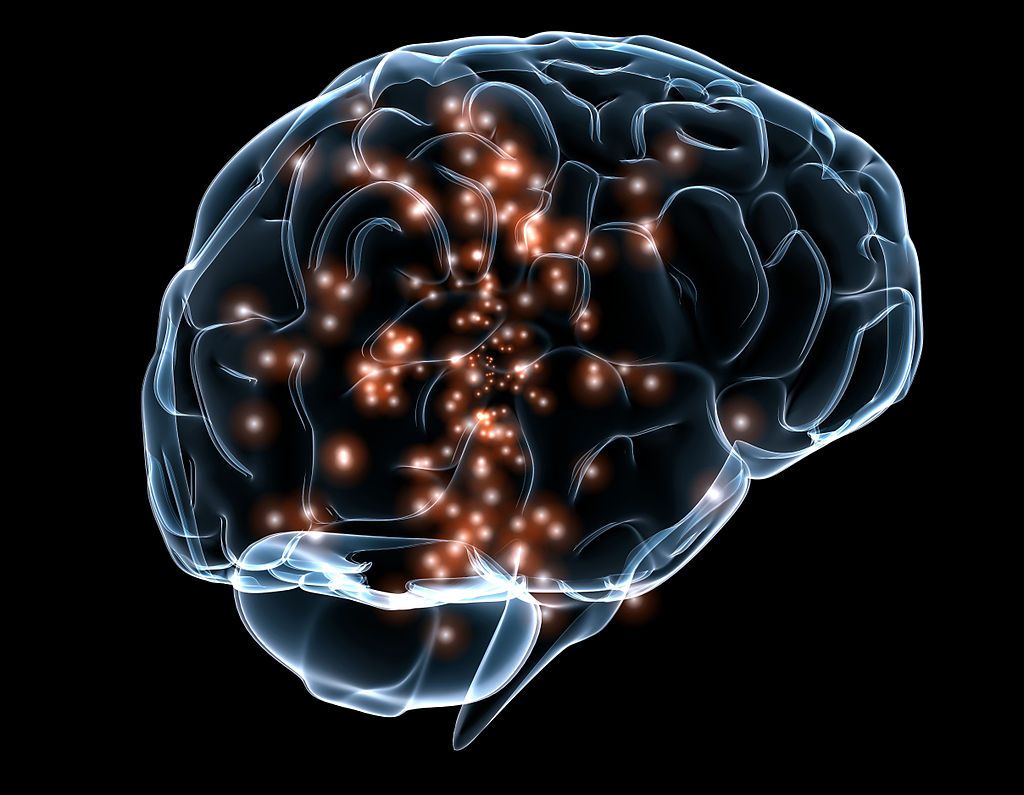Apr 17, 2015
In The Future, Spider Silk May Help Grow Your Replacement Heart
Posted by Seb in category: biotech/medical
— Gizmodo

There’s been a lot of talk lately about how spider silk is this crazy wonder material that may soon find its way into everything from electronics to ultra-strong fabrics. Now, there’s another reason to be excited about spider silk: doctors might one day use the stuff to grow you a new heart.
Growing new organs and tissues outside the body is the bleeding edge of biomedical research. Just imagine: if doctors could grow replacement hearts or kidneys from a patient’s own stem cells, that patient would no longer have to face the agonizing prospect of waiting to find a suitable donor. The risk of organ rejection would become nil. But there’s a lot of R&D to be done before we get there. One initial challenge has been finding a scaffold material to grow organ tissues on—something that’s non-toxic, will not impede cell growth, and will not, itself, be rejected by the body. That, it turns out, is a pretty tall order. Read more

 I read all the news about SpaceX’s Falcon 9 latest “failure” to land on an autonomous spaceport drone ship aka barge. I view these as trials to success. Here’s why.
I read all the news about SpaceX’s Falcon 9 latest “failure” to land on an autonomous spaceport drone ship aka barge. I view these as trials to success. Here’s why.



 ‘New Narratives: Innovation for Jobs’ is a series by i4j (Innovation for Jobs) and the GPA exploring perspectives on important topics that will impact the future of work, jobs and employment.
‘New Narratives: Innovation for Jobs’ is a series by i4j (Innovation for Jobs) and the GPA exploring perspectives on important topics that will impact the future of work, jobs and employment.








